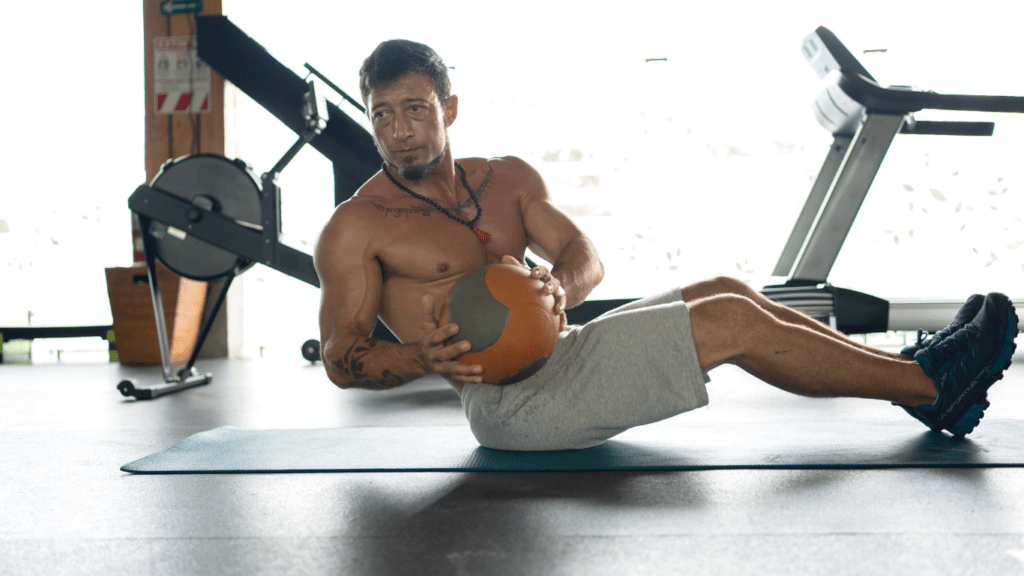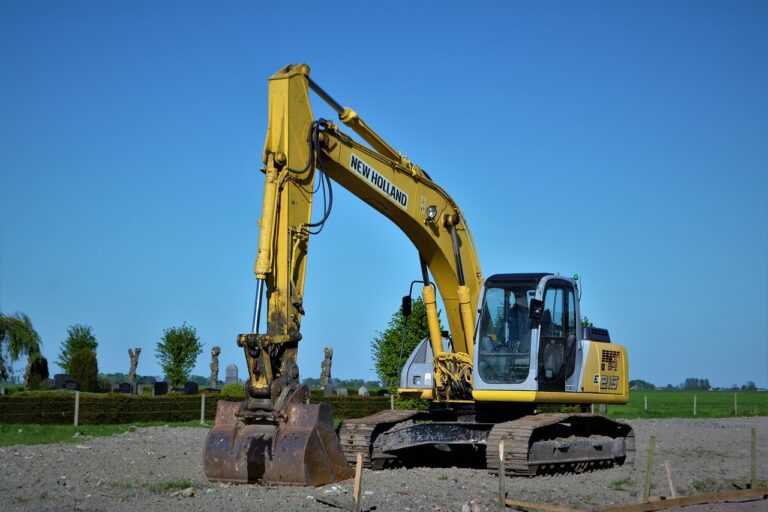Importance of Core Conditioning
Core conditioning is vital for building functional strength that supports everyday movements and activities. A well-conditioned core enhances stability and balance by providing a solid foundation for the upper and lower body. This stability minimizes injury risks during daily tasks and athletic pursuits.
A strong core improves posture. It aligns the spine properly and reduces the strain on muscles and joints, alleviating back pain. With a well-developed core, movement becomes more efficient, which boosts athletic performance across various sports and exercises.
Moreover, core conditioning contributes to overall fitness. It engages multiple muscle groups—such as:
- rectus abdominis
- obliques
- transverse abdominis
creating synergy that maximizes workout effectiveness. These exercises improve endurance and strength, enhancing quality of life by making everyday activities easier and more enjoyable.
Characteristics of Effective Core Exercises
Effective core exercises offer more than just strength; they enhance overall functionality. These exercises engage the core’s complexity beyond superficial muscles.
Engaging Multiple Muscles
Effective core exercises engage various muscle groups, ensuring comprehensive strength development. Examples like planks and Russian twists activate the rectus abdominis, obliques, and transverse abdominis, enhancing muscle coordination.
Improving Stability and Balance
Stability and balance are intrinsic to core exercises. Movements such as single-leg deadlifts demand core engagement to maintain posture. These exercises improve athletic performance and functional movement by stabilizing the body.
Top Exercises for Core Strength

Engaging in core exercises enhances stability and functional movement. Below, I explore effective exercises that boost strength.
- Planks
Planks target the entire core, including the rectus abdominis, obliques, and transverse abdominis. In this exercise, I hold a push-up position with my body straight and maintain tension in my core. It’s important to keep my spine neutral to maximize effectiveness.
- Russian Twists
Russian twists engage the obliques and improve rotational strength. Sitting on the floor with knees bent, I lean back slightly, keeping my spine straight. I hold a weight or medicine ball, twisting my torso slowly from side to side, ensuring my movements are controlled.
- Bicycle Crunches
Bicycle crunches enhance transverse abdominis activation and target the obliques. Lying on my back, I lift my legs to a tabletop position. I mimic a pedaling motion while simultaneously reaching my elbow to the opposite knee, maintaining a steady tempo.
- Hanging Leg Raises
Hanging leg raises develop lower abdominal strength. Using an overhead bar, I hang with my arms extended and raise my legs to a 90-degree angle, making sure my core is engaged. Controlled and slow movements help improve muscle engagement and prevent swinging.
Functional Core Exercises
Functional core exercises enhance strength and coordination, vital for daily tasks and athletic activities. By incorporating dynamic movements, these exercises bridge the gap between gym workouts and real-world situations.
Medicine Ball Slams
Medicine ball slams boost power and core stability. By lifting and forcefully slamming the ball, I engage my upper body and entire core. This high-intensity exercise supports explosive strength and agility. It’s crucial to maintain proper form by keeping a wide stance and activating the abdominal muscles throughout the movement.
Kettlebell Swings
Kettlebell swings are dynamic exercises targeting core, hips, and lower back. By swinging a kettlebell from between my legs to shoulder height using a hip hinge motion, I leverage core strength and enhance endurance. It’s important to use momentum from the hips, not the arms, ensuring the core remains engaged to keep movements controlled and effective.
Incorporating Core Exercises into Your Routine
I believe integrating core exercises into one’s fitness regimen is vital for building a strong foundation. Core conditioning can elevate workouts by providing functional strength that aids both athletic performance and daily activities.
Frequency and Duration
For optimal results, consistency matters when incorporating core exercises. Engaging in core workouts 3 times a week maximizes benefits without overtaxing muscles. Sessions usually last 15-20 minutes, targeting various core areas. Short, focused sessions enhance core strength and fit into most fitness routines.
Complementary Exercises
Pairing core exercises with other movements enriches one’s routine. Include squats and lunges for lower body stability, promoting overall core engagement. Push-ups strengthen the upper body and core simultaneously. By blending these exercises, fitness enthusiasts can enhance workout variety and achieve comprehensive conditioning.


















































































































 Milla Collings plays a pivotal role at Make Athlete Action, where her expertise in sports nutrition and conditioning has been invaluable in crafting content that resonates with athletes and fitness enthusiasts alike. With a deep understanding of how nutrition impacts performance, Milla has contributed extensively to the platform’s nutrition and conditioning segments, ensuring that athletes receive practical, science-backed advice. Her commitment to excellence has helped elevate Make Athlete Action as a trusted source of knowledge for anyone looking to optimize their diet and achieve their peak performance.
Milla Collings plays a pivotal role at Make Athlete Action, where her expertise in sports nutrition and conditioning has been invaluable in crafting content that resonates with athletes and fitness enthusiasts alike. With a deep understanding of how nutrition impacts performance, Milla has contributed extensively to the platform’s nutrition and conditioning segments, ensuring that athletes receive practical, science-backed advice. Her commitment to excellence has helped elevate Make Athlete Action as a trusted source of knowledge for anyone looking to optimize their diet and achieve their peak performance.